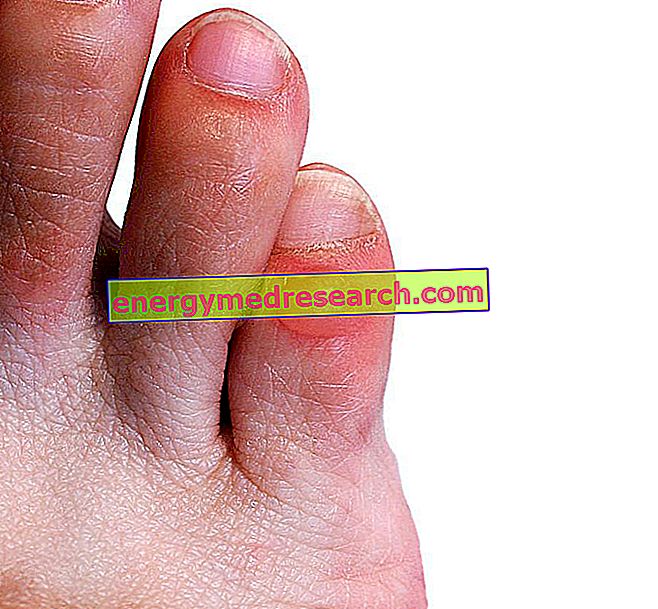Related articles: Alopecia areata
Definition
Alopecia areata is a disorder characterized by the sudden loss of hair and / or hair in limited areas. The exact causes of origin are still little known. Currently, it is believed that alopecia areata is an autoimmune disorder, mediated by abnormal T lymphocytes that attack the hair follicle and block its activity.
Alopecia areata affects individuals who are genetically predisposed and susceptible to triggers, such as an infection or severe emotional stress. Sometimes, alopecia areata coexists with vitiligo or autoimmune thyroiditis.
Most common symptoms and signs *
- Alopecia
- leukonychia
- Nail pitting
- Itching in the head
- Brittle nails
- Coarse and opaque nails
Further indications
Alopecia areata generally affects the scalp, but can affect any hair-covered region of the body. It manifests itself with the sudden appearance of completely glabrous roundish patches. At the edge of these areas, the hair is short and broken. Sometimes, there are also alterations of the nail matrix, such as lamina punctuation (pitting), fissures or trachychiatry (characterized by wrinkled-looking nails).
Alopecia areata is a form of non-cicatricial alopecia, therefore the hair follicle is not damaged irreparably, nor replaced by fibrous tissue. The disease can regress spontaneously, become chronic or extend to the entire scalp (total alopecia) or the entire skin surface (universal alopecia). The risk factors for chronicization are the age of onset of the first manifestations (the disease is more aggressive in young people), atopy and the involvement of the periphery of the scalp.
The diagnosis is made with a clinical inspection, possibly supported by the dosage of TSH (thyroid stimulating hormone), vitamin B12 and circulating auto-antibodies if concomitant diseases are suspected. The differential diagnosis is made with respect to tinea capitis, tricotillomania, discoid lupus and secondary syphilis.
The treatment is based on the use of topical corticosteroids or intralesionally (in the case of small patches). Systemic immunosuppressive drugs, on the other hand, are used in rapidly progressing or very extensive cases.



